Virtual and augmented reality (VR and AR) have been rapidly gaining traction in the digital advertising landscape, offering innovative and immersive experiences for consumers. These technologies can revolutionize how brands engage with their audiences, creating memorable and impactful campaigns that drive brand awareness and customer engagement.
In this blog, we will explore the latest trends and statistics surrounding the emergence of VR and AR in digital advertising, shedding light on the growing impact of these technologies on the marketing industry.
Rapid Growth and Adoption
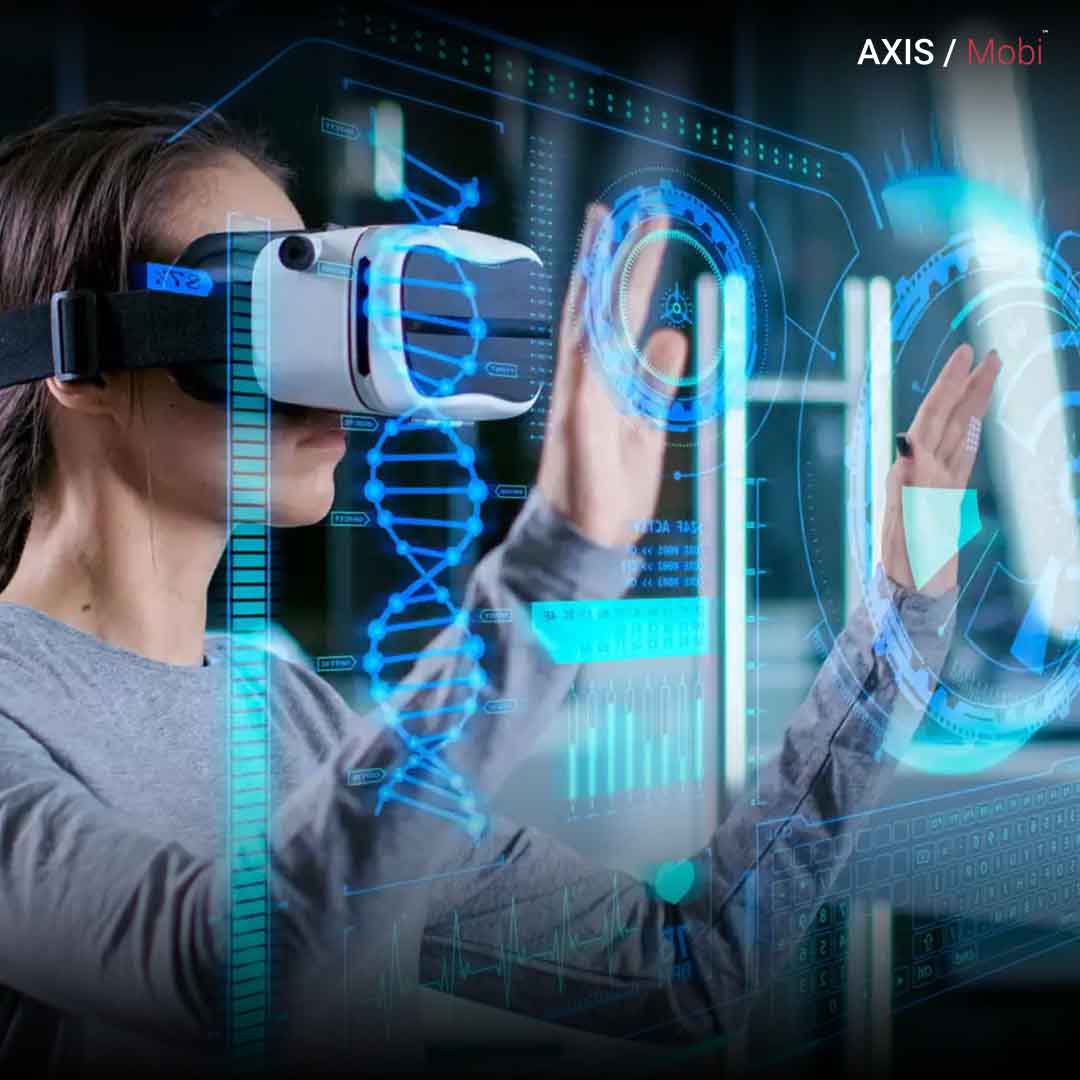
The adoption of VR and AR in digital advertising has increased, with brands across various industries leveraging these technologies to create engaging and interactive experiences for their target audience.
According to a report by Statista, the global AR and VR market size is projected to reach $72.8 billion by 2024, indicating the significant growth and potential of these technologies in the advertising and marketing sector. This rapid expansion is driven by advancements in hardware and software, making VR and AR more accessible to consumers and advertisers.
Enhanced Engagement and Interactivity
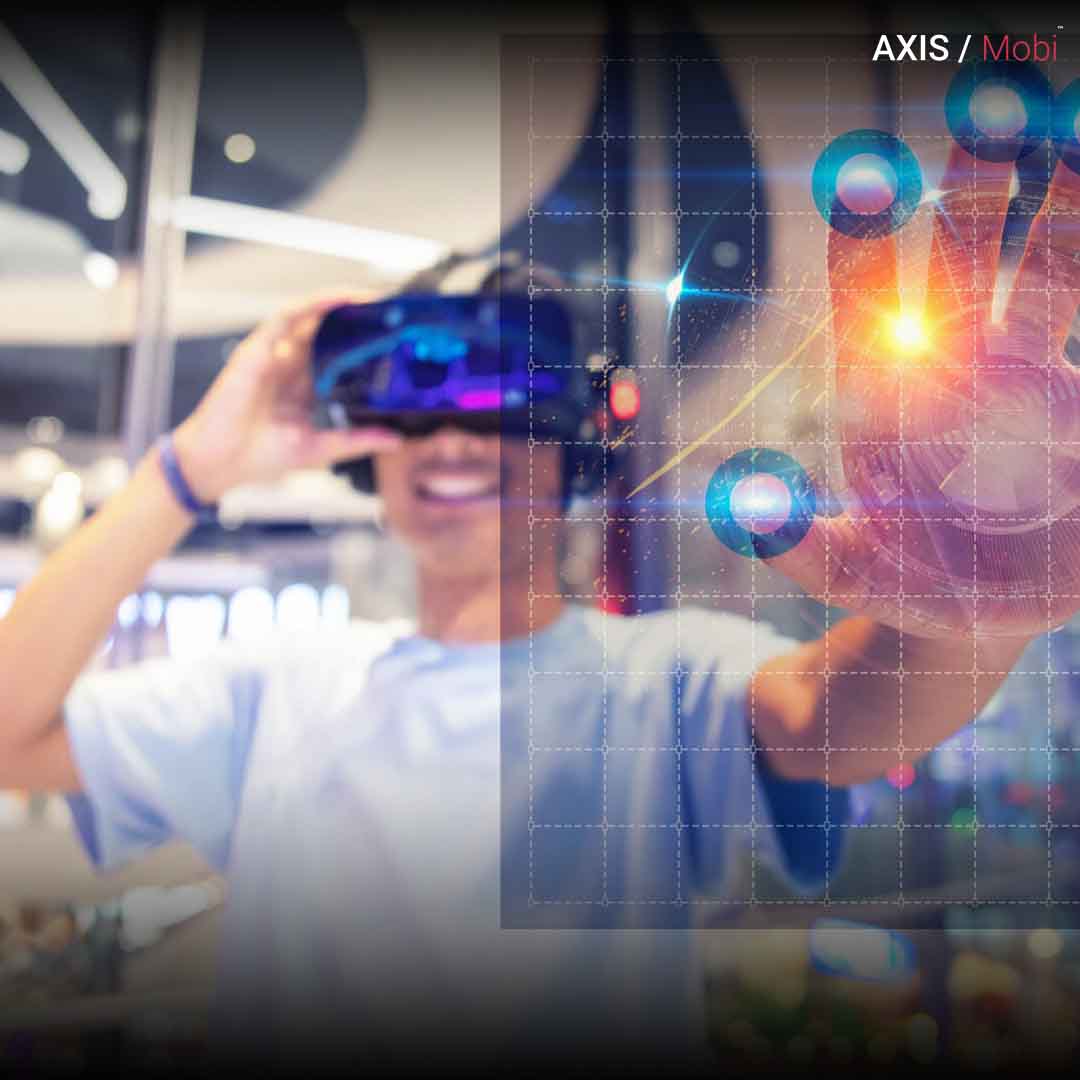
The immersive nature of VR and AR experiences has proven to be a game-changer in digital advertising, offering a new level of consumer engagement and interactivity. According to a study by Nielsen, VR and AR ads are 18% more memorable than traditional TV ads, highlighting the effectiveness of these technologies in capturing and retaining consumer attention.
Furthermore, research by Greenlight Insights revealed that 71% of consumers perceive a brand that uses VR as forward-thinking and modern, indicating the positive impact of these technologies on brand perception and consumer engagement.
Personalized and Targeted Campaigns
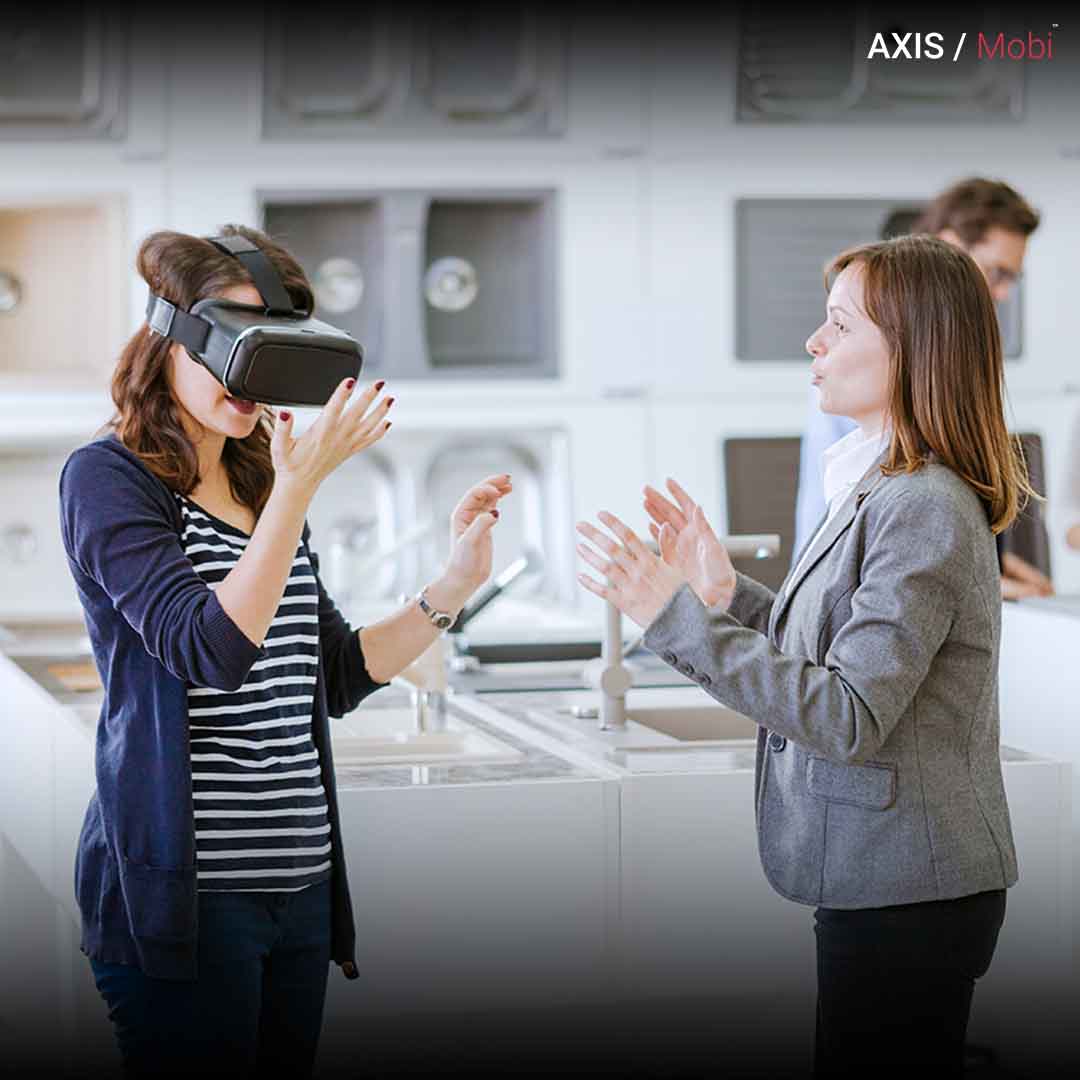
The ability to deliver personalized and targeted advertising campaigns is another key advantage of VR and AR in digital marketing. Using user data and preferences, brands can create customized experiences catering to consumers’ interests and needs.
According to a survey by eMarketer, 71% of consumers prefer ads tailored to their interests and shopping habits, highlighting the importance of personalized advertising. VR and AR technologies enable brands to deliver highly relevant and customized experiences, driving higher engagement and conversion rates.
Storytelling and Brand Narrative
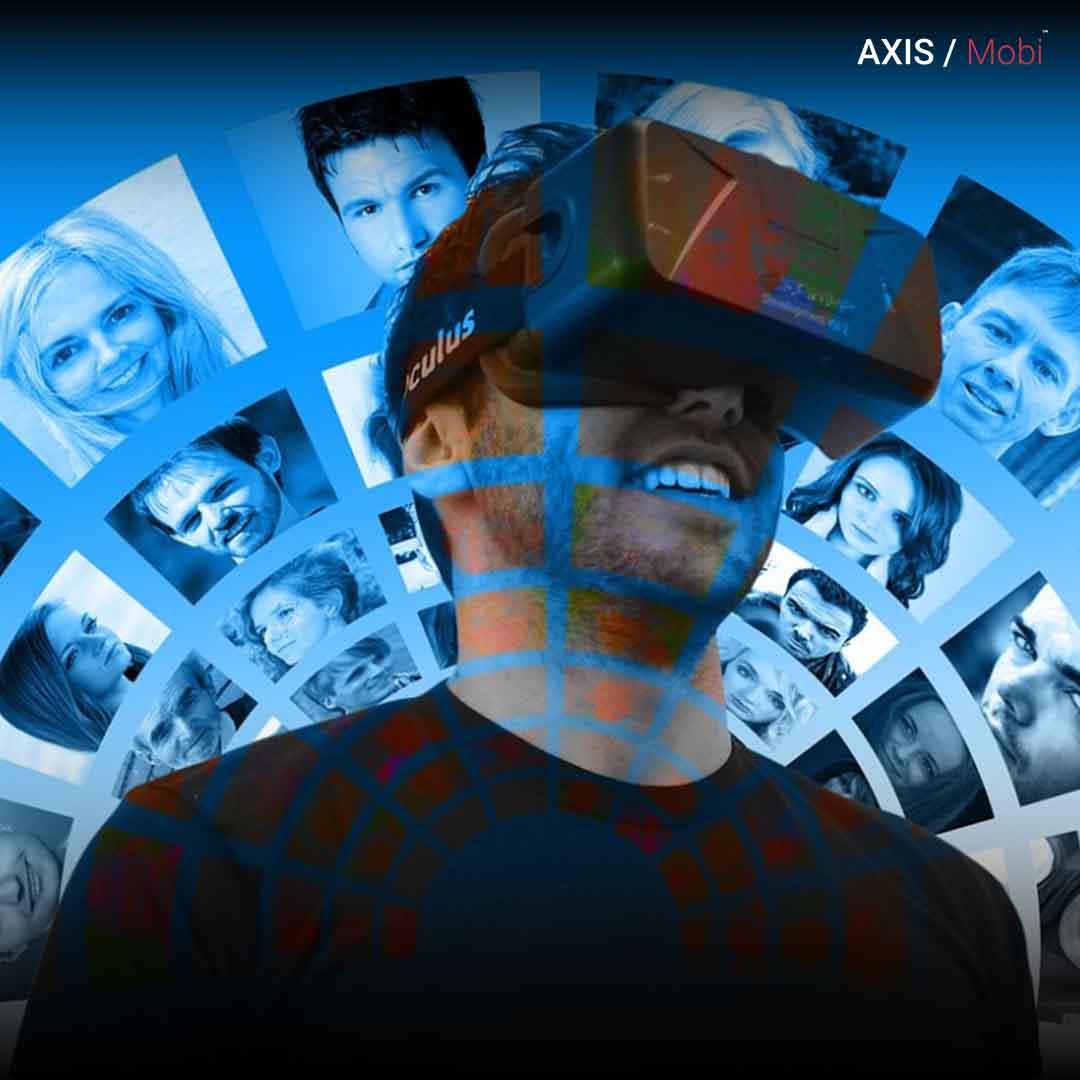
VR and AR provide a new platform for brands to convey their story and brand narrative in a more compelling and immersive manner. By creating captivating experiences, brands can transport consumers into their world, allowing them to experience products or services more meaningfully and positively.
Research by YuMe found that VR ads are 27% more effective at driving engagement than traditional video ads, underscoring the potential of these technologies in delivering powerful storytelling and brand messaging.
The Future of Digital Advertising
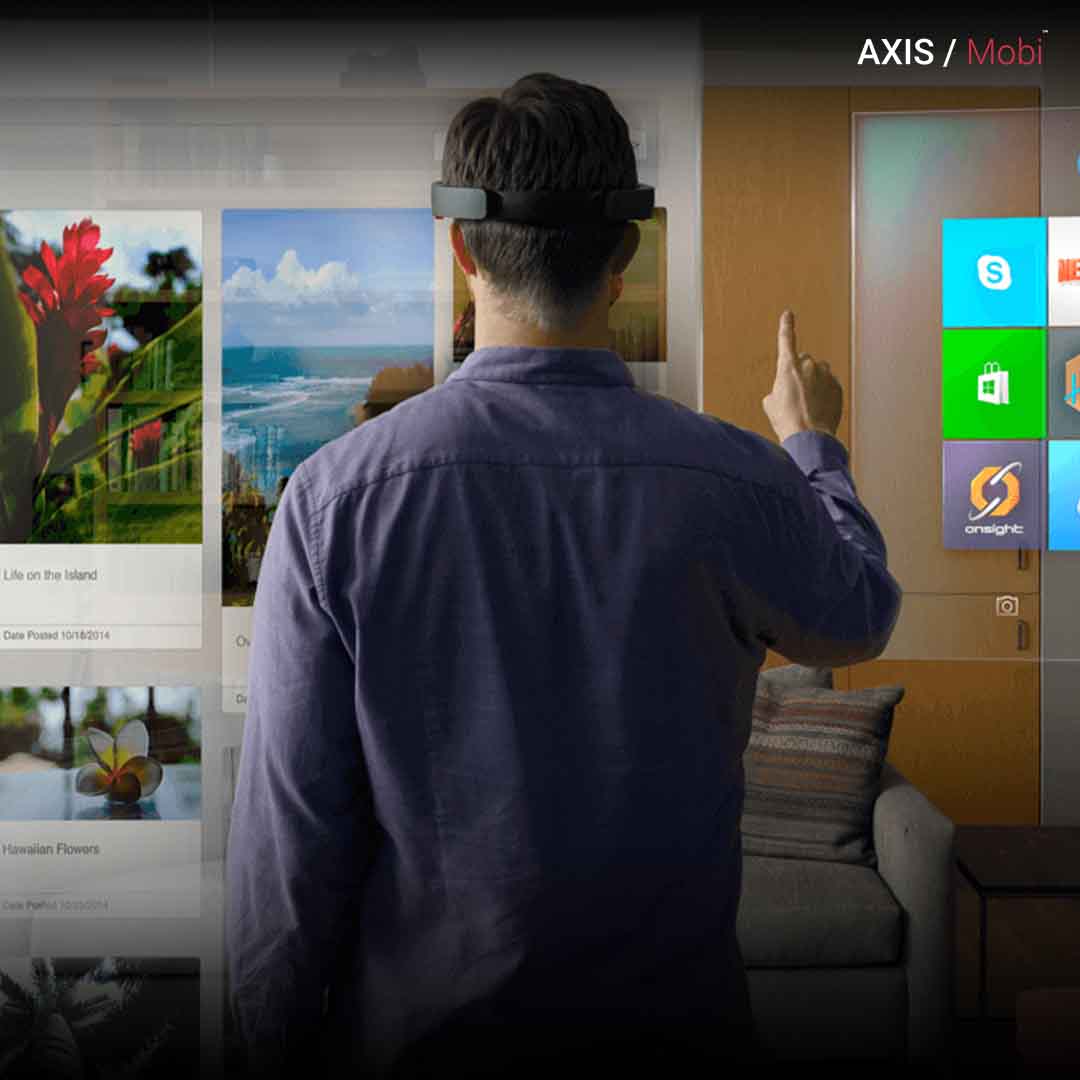
As VR and AR continue to evolve and become more mainstream, the future of digital advertising is expected to be heavily influenced by these immersive technologies. According to a report by Grand View Research, the VR advertising market is projected to reach $7.2 billion by 2027, indicating the growing investment and potential for VR-based marketing campaigns.
Furthermore, the AR advertising market is also expected to expand significantly, driven by the increasing adoption of AR-enabled devices and applications.
In conclusion, the emergence of VR and AR in digital advertising represents a significant shift in the marketing landscape, offering brands new opportunities to create engaging and impactful campaigns. With the rapid growth and adoption of these technologies, coupled with their proven effectiveness in driving consumer engagement and brand perception, VR and AR are poised to play a pivotal role in the future of digital advertising.
As hardware and software advance, VR and AR will become more accessible and affordable, opening up new possibilities for brands to connect with their target audience in innovative and memorable ways.



